Related Research Articles
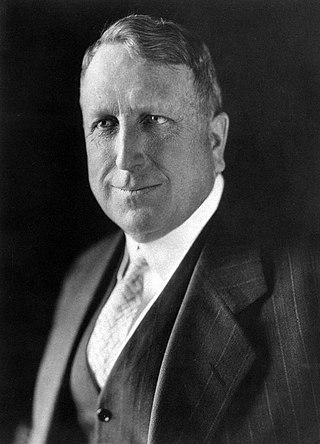
William Randolph Hearst Sr. was an American newspaper publisher and politician who developed the nation's largest newspaper chain and media company, Hearst Communications. His flamboyant methods of yellow journalism in violation of ethics and standards influenced the nation's popular media by emphasizing sensationalism and human-interest stories. Hearst entered the publishing business in 1887 with Mitchell Trubitt after being given control of The San Francisco Examiner by his wealthy father, Senator George Hearst.
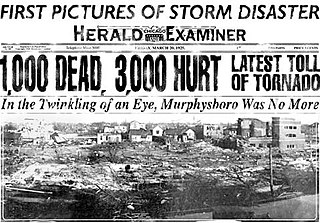
The Chicago American was an afternoon newspaper published in Chicago under various names from 1900 until its dissolution in 1975.
Charles Gordon MacArthur was an American playwright, screenwriter, and 1935 winner of the Academy Award for Best Story.

James Gordon MacArthur was an American actor and recording artist.
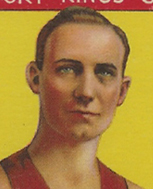
Edward A. Wachter Jr was a professional basketball player and college coach. Wachter was born and raised in Troy, New York, the third of seven children to Theresa and Edward A. F. Wachter. Wachter did not attend high school or college and never married. Wachter served as City Assessor of Troy, New York from 1912 to 1920.

Arthur Brisbane was one of the best known American newspaper editors of the 20th century as well as a real estate investor.

Allen Sutton Sothoron was an American professional baseball player, coach and manager. As a player, he was a spitball pitcher who spent 11 years in the major leagues playing for the St. Louis Browns, Boston Red Sox, Cleveland Indians and the St. Louis Cardinals. Born in Bradford, Ohio, Sothoron threw and batted right-handed, stood 5 feet 11 inches (1.80 m) tall and weighed 182 pounds (83 kg). He attended Albright College and Juniata College.

John Sieba Roosma was an amateur basketball player during the 1920s. He played for the United States Military Academy for five years, graduating in 1926. The Passaic, New Jersey native was a prolific scorer and became the first college player to total 1,000 points for his career.
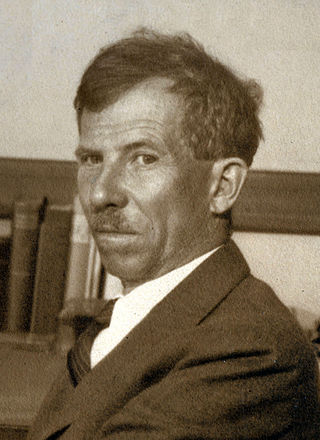
James Jackson Montague was an American journalist, satirist, and poet. Renowned as a "versifier", Montague is best known for his column "More Truth Than Poetry", which was published in a wide number of newspapers for nearly 25 years.

Harry Sweet was an American actor, director and screenwriter. He appeared in 57 films between 1919 and 1932. He also directed 54 films between 1920 and 1933, including one Harry Langdon short, two of the Tay Garnett- penned comedies Stan Laurel made for Joe Rock, and fifteen of the earliest entries in the Edgar Kennedy "Average Man" series.

Charles Dudley Daly was an American football player and coach and United States Army officer. He played college football as a quarterback at Harvard University and the United States Military Academy and served as the head football coach at the latter from 1913 to 1916 and 1919 to 1922, compiling a career record of 58–13–3. Daly was inducted into the College Football Hall of Fame as a player in 1951.

Walter C. Hoban was an American cartoonist best known for his comic strip Jerry on the Job.
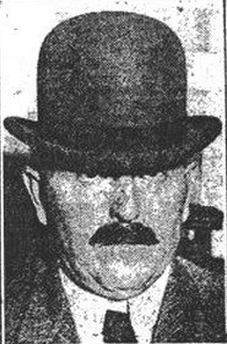
Charles Dryden was an American baseball writer and humorist. He was reported to be the most famous and highly paid baseball writer in the United States during the 1900s. Known for injecting humor into his baseball writing, Dryden was credited with elevating baseball writing from the commonplace. In 1928, The Saturday Evening Post wrote: "The greatest of all the reporters, and the man to whom the game owes more, perhaps, than to any other individual, was Charles Dryden, the Mark Twain of baseball."
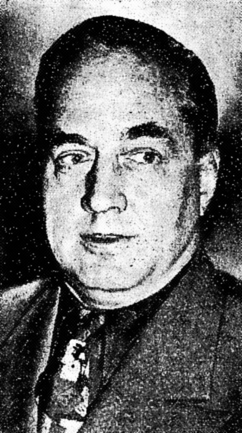
Wilton Simpson "Bill" Farnsworth was an American sports writer, editor, and boxing promoter. He worked for William Randolph Hearst's newspapers from 1904 to 1937. He was the sports editor of Hearst's New York Evening Journal (evening) or New York American (morning) from 1914 to 1937. He also worked for shorter stints on Hearst's Boston American (1904–1907) and Atlanta Georgian (1912–1914). From 1937 to 1944, he was a boxing promoter in partnership with Mike Jacobs.
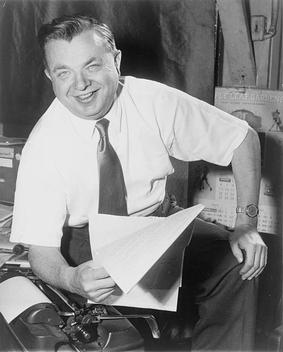
Max Kase was an American newspaper writer and editor. He worked for the Hearst newspapers from 1917 to 1966 and was the sports editor of the New York Journal-American from 1938 to 1966. In 1946, he was one of the driving forces behind the creation of the New York Knicks and the Basketball Association of America, predecessor to the NBA. He won a special Pulitzer Prize in 1952 for his work exposing corruption in men's college basketball, primarily the CCNY Point Shaving Scandal.
William Ray Long, was an American newspaper, magazine, film, writer, and editor who is notable for being the editor-in-chief of Cosmopolitan magazine between 1919 and 1931. He is said to have had "a colorful career" before he was affected by financial problems and ended up committing suicide.
Victor Whitman Knauth was a journalist, publisher, and broadcasting executive. Knauth served as the editor-in-chief and an owner of The Bridgeport Times-Star, a newspaper published in Bridgeport, Connecticut. He also owned two Northeastern radio stations.
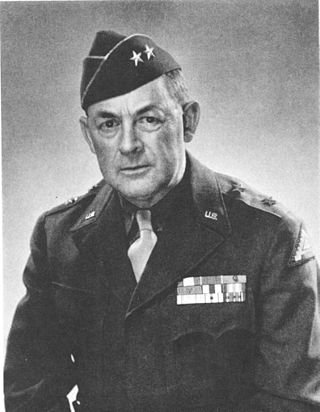
Major General Arthur Arnim White was a United States Army officer. A West Point classmate of Dwight D. Eisenhower, White served during World War II, where he was chief of staff of both XIV Corps during the Guadalcanal campaign and the U.S. Seventh Army during the Southern France campaign and in Operation Northwind.
Bio De Casseres was an American author.

Seward Cary was an American polo player from New York State.
References
- 1 2 3 4 "Bugs Baer Dead. Ex-columnist, 83. Humorist Had Appeared in the Hearst Newspapers". The New York Times . May 18, 1969. Retrieved 2012-11-18.
Arthur (Bugs) Baer, whose daily column, 'One Word Led to Another,' made him one of the country's best known humorists, died yesterday in New York Hospital. ... Bugs Jr. graduated from Harvard College and Harvard Business School and became an investment manager, venture capitalist and ocean yacht racer, with two children and five grandchildren. Atra Cavataro was a reporter for the Journal American newspaper for several years, based in New York City. She went on to be a speech writer for New York Mayor Edward I. Koch for his 12-year term as Mayor. Atra is 80 years old and living in Rye, NY and has 5 children and 11 grandchildren. She was married to former public relations man Nicholas T. Cavataro, who was also a reporter for the Associated Press for 17 years.
- ↑ "At World's Largest Artillery School; How They Get Students Ready for the Front at Big Training Institution Near Louisville, Kentucky." Sept. 29, 1918. The New York Times
- ↑ F.A.C.O.T.S. - The Story of the Field Artillery Central Officers Training School. Knickerbocker Press: 1919.
- ↑ "Picks Newspaper Golfers.; Captain Poinsette Announces LineUp for New York-Boston Tilt." The New York Times. 10 June 1921.
- ↑ Baer, Bugs (June 24, 1919). "Two and Three, Putting the Next One Over". The Pittsburgh Post. Retrieved July 16, 2020.
- ↑ "Mrs. Marjorie C. Baer". New York Times. May 11, 1929. p. 12.